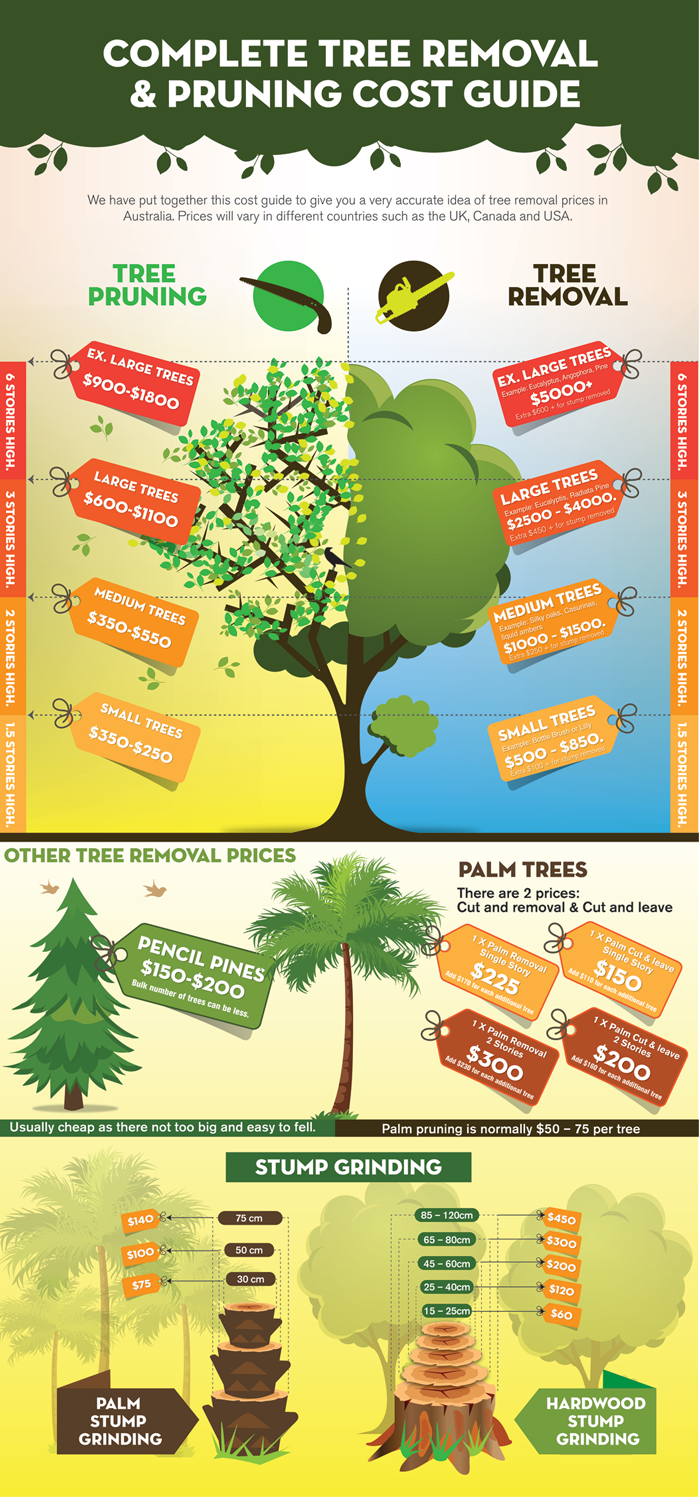After Removing Trees, Appropriate Treatment Is Essential For Landscape Recuperation; Learn The Required Activities To Renew Your Area And Stop Upcoming Difficulties
After Removing Trees, Appropriate Treatment Is Essential For Landscape Recuperation; Learn The Required Activities To Renew Your Area And Stop Upcoming Difficulties
Blog Article
Post By-Franks Deal
After a tree's removal, your landscape might look rather various, and it's necessary to assess the aftermath thoroughly. You'll wish to review the soil disruption and examine bordering plants for any signs of stress. Overlooking these factors can cause bigger troubles down the line. So, what should https://www.bobvila.com/slideshow/10-inspiring-ideas-for-your-side-yard-52055 do with those stumps and roots? And just how do you pick the most effective plants for your rejuvenated area? Let's explore these crucial steps.
Evaluating the Aftermath: Examining Your Landscape
After a tree elimination, it's crucial to assess your landscape to recognize the impact it carries your lawn.
Start by taking a look at the area where the tree stood. Search for indicators of dirt disruption, and check the surrounding plants for any stress and anxiety or damages.
You must also remember of exactly how the elimination has actually transformed sunshine direct exposure and air flow in your garden. This change can affect the growth of nearby plants, so it's essential to examine their health.
Consider the visual facets too; the elimination may create an open space that you can upgrade.
Lastly, consider any kind of possible erosion concerns that could arise from the tree's absence. Dealing with these elements early will help bring back equilibrium to your landscape.
Dealing With Stumps and Roots: Alternatives for Elimination
As soon as you've examined the aftermath of the tree elimination, you'll likely need to take on the stump and origins left.
You have a few choices for elimination. Prune Weeping Tree is stump grinding, where a professional utilizes a device to grind the stump to underground degree. This approach leaves minimal interruption to your landscape.
If you prefer a do it yourself approach, you can use a mix of digging and chemical stump cleaners. Just keep in mind, this process can take some time and initiative.
Additionally, take into consideration leaving the stump as an all-natural attribute, which can work as a distinct garden element or environment for wild animals.
Whatever you pick, resolving the stump and origins is crucial for restoring your landscape.
Selecting the Right Plant Kingdoms for Your New Space
As you evaluate your recently removed room, selecting the right plants can substantially improve your landscape's charm and functionality.
Start by taking into consideration the sunlight and soil problems. For bright locations, choose drought-resistant plants like lavender or succulents. In shaded places, ferns and hostas thrive well.
Think about the size and growth habits of your plants; mix perennials and annuals for seasonal variety. Do not forget to incorporate indigenous types; they need less maintenance and assistance neighborhood wildlife.
Team plants in weird numbers for a much more all-natural appearance and produce layers for visual deepness.
Ultimately, ensure you have a mix of shades and structures to keep your landscape vibrant throughout the seasons.
Pleased planting!
Conclusion
In conclusion, recovering your landscape after tree removal is a satisfying procedure. By assessing the after-effects, resolving stumps and roots, and picking the right plants, you'll produce a successful setting. Do not fail to remember to include disintegration control actions to shield your soil. With a little effort and treatment, you can transform your space into a lively garden that boosts your home. Accept the opportunity to rejuvenate your landscape and delight in the charm of nature right in your yard!
